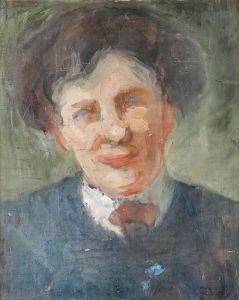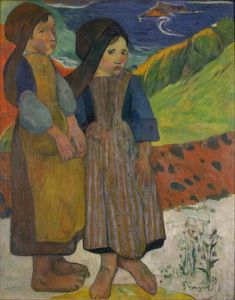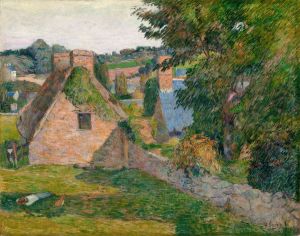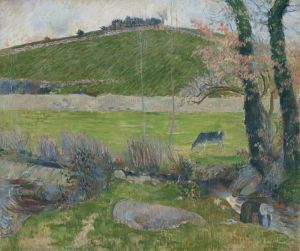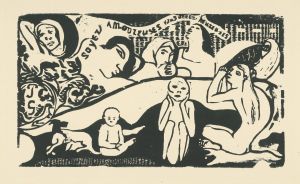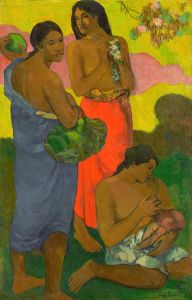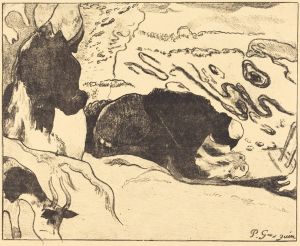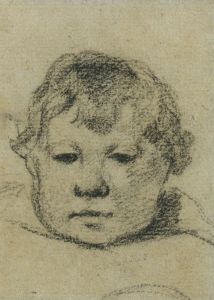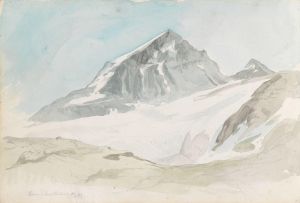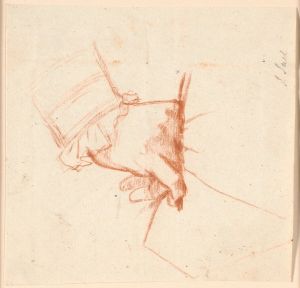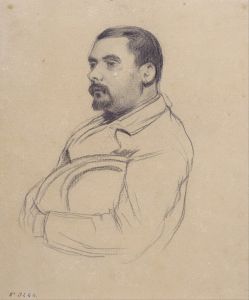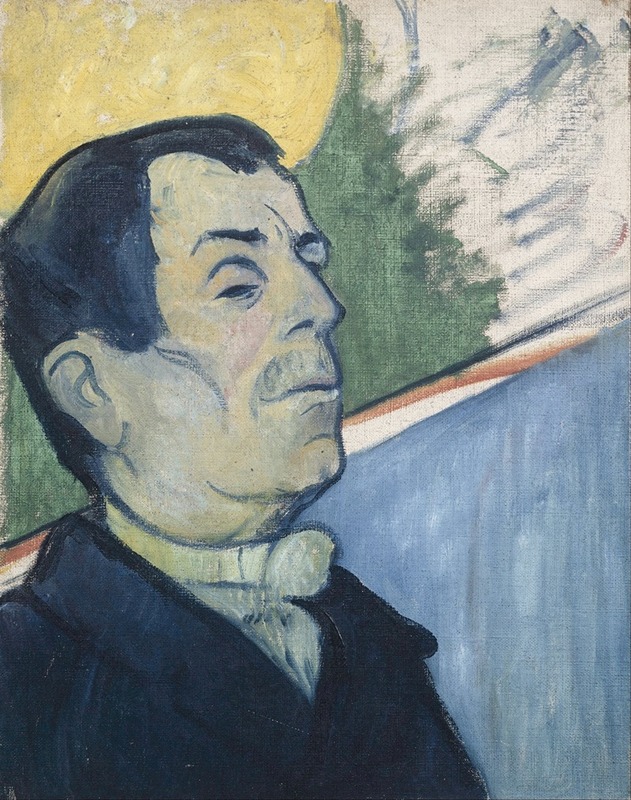
Portrait of a man
A hand-painted replica of Paul Gauguin’s masterpiece Portrait of a man, meticulously crafted by professional artists to capture the true essence of the original. Each piece is created with museum-quality canvas and rare mineral pigments, carefully painted by experienced artists with delicate brushstrokes and rich, layered colors to perfectly recreate the texture of the original artwork. Unlike machine-printed reproductions, this hand-painted version brings the painting to life, infused with the artist’s emotions and skill in every stroke. Whether for personal collection or home decoration, it instantly elevates the artistic atmosphere of any space.
"Portrait of a Man" is a painting by the renowned French Post-Impressionist artist Paul Gauguin. Gauguin, born on June 7, 1848, in Paris, is celebrated for his experimental use of color and synthetist style that were distinctly different from Impressionism. His works often reflect his quest for a more profound, spiritual, and primitive connection to art, which led him to travel extensively, particularly to Tahiti.
"Portrait of a Man" was created during a period when Gauguin was deeply immersed in exploring human character and emotion through his art. The painting is notable for its vivid use of color and bold brushstrokes, which are characteristic of Gauguin's style. The subject of the painting is an unidentified man, depicted with a contemplative expression. The background and the man's attire are rendered in rich, contrasting colors, which highlight Gauguin's departure from the naturalistic representation of his subjects.
The exact date of the painting is not definitively known, but it is believed to have been created during Gauguin's time in Tahiti, where he lived from 1891 to 1893 and again from 1895 until his death in 1903. This period was highly productive for Gauguin and marked by his creation of numerous portraits and scenes depicting the local people and landscapes.
Gauguin's time in Tahiti was driven by his desire to escape European civilization and find a purer form of artistic expression. His works from this period often reflect his fascination with the indigenous culture and his attempt to capture the essence of the people he encountered. "Portrait of a Man" fits within this context, showcasing Gauguin's interest in the human condition and his innovative approach to portraiture.
The painting is part of Gauguin's broader oeuvre that challenged traditional European artistic conventions. His use of bold colors, simplified forms, and strong outlines were influential in the development of modern art, impacting artists such as Pablo Picasso and Henri Matisse. Gauguin's work, including "Portrait of a Man," is celebrated for its emotional depth and its ability to convey the inner life of its subjects.
Today, "Portrait of a Man" is held in a private collection, and its exact provenance is not widely documented. However, it remains an important example of Gauguin's portraiture and his contribution to the Post-Impressionist movement. Gauguin's legacy endures through his innovative techniques and his profound impact on the trajectory of modern art.
In summary, "Portrait of a Man" by Paul Gauguin is a significant work that exemplifies the artist's unique style and his exploration of human emotion and character. Created during his time in Tahiti, the painting reflects Gauguin's departure from European artistic norms and his quest for a deeper, more spiritual connection to his subjects.







